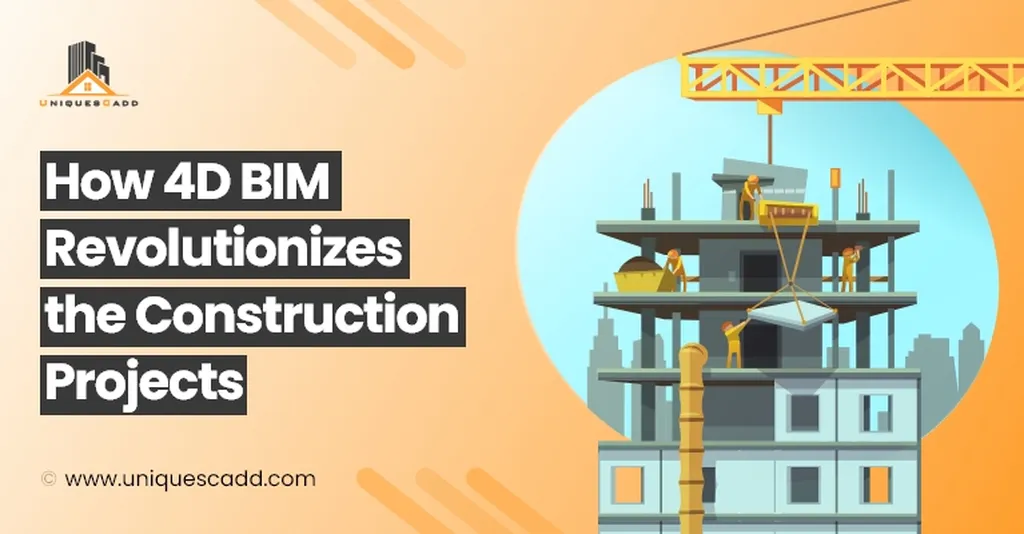In the heart of Palangka Raya, a groundbreaking approach to construction planning is unfolding, one that could redefine efficiency and accuracy in the building industry. Maryam, a researcher from Universitas Palangka Raya, has spearheaded a study that applies Building Information Modeling (BIM) in 4D to the rehabilitation of the Kalimantan II River Basin Office Building. This innovative method integrates 3D structural modeling with time-based data, offering a dynamic visualization of the construction schedule.
The conventional planning methods currently used in the rehabilitation project often lead to time-consuming corrections and revisions. Maryam’s research aims to bridge this gap by leveraging 4D BIM technology. “The integration of 3D models with the project schedule allows for a more accurate and transparent planning process,” Maryam explains. “This not only reduces the time spent on corrections but also enhances coordination among all parties involved.”
The study, published in the Jurnal Teknik Sipil dan Studi (Journal of Civil Engineering Studies), involved creating a detailed 3D model of the building structure, which revealed a concrete quantity of 465.83 m³ and reinforcement of 56,364.86 kg. By applying 4D BIM using Autodesk Navisworks, the research team was able to simulate the construction schedule, resulting in a total duration of 175 days for structural work. This integration of the model and the implementation time has been shown to significantly improve efficiency and accuracy.
The implications of this research extend beyond the immediate project. For the energy sector, which often involves complex and large-scale construction projects, the adoption of 4D BIM could lead to substantial cost savings and improved project outcomes. “The ability to visualize the construction process in advance allows for better resource management and risk mitigation,” Maryam notes. “This can be particularly beneficial for energy projects, where delays and budget overruns can have significant impacts.”
As the construction industry continues to evolve, the integration of advanced technologies like 4D BIM is becoming increasingly important. Maryam’s research highlights the potential of this technology to transform the way construction projects are planned and executed. By embracing these innovations, the industry can achieve greater efficiency, accuracy, and collaboration, ultimately leading to better outcomes for all stakeholders.

